11 Ways How to Protect your Personal Information Online
More people than ever are getting concerned about the security and privacy of their information. The question how to protect your personal information online is becoming more critical every day. This includes both personal information and sensitive data stored or used online.
The concern does have merit. Even the biggest tech players in the world are experiencing data breaches that affect millions or even billions of users.
Just this month personal information of more than 500 million Facebook users has been leaked. Not even a week passed and data from 500 million LinkedIn users was scraped and leaked as well.
In this context, protecting your information online is no longer an option. Evidence shows, that trusting social media and other big tech companies to protect your personal information is no longer enough.
Every user must learn how to protect information online. It must be one of the cornerstones that your online presence is built on.
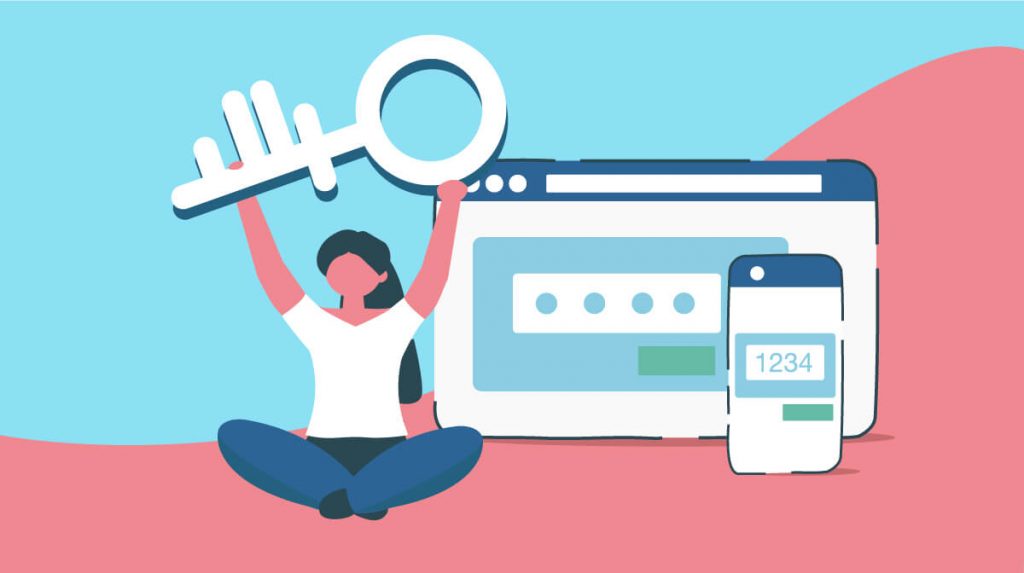
With this guide we want to help you establish a secure presence online – we will provide you with the core tools and knowledge to protect your personal information.
One key idea
There is one key idea that we will be building on in this article. You should always go out of your way to limit the information you store or share online to the bare minimum. This includes all access that you provide, all tracking that you allow, all information you provide. Even though security and privacy are not the same – when it comes to protecting your data they always go hand in hand.
You are being tracked
To give you an illustrative example – Twitter knows everything about you even before you actually sign up and create your account. This is enabled by the so called trackers – snippets of code following you and tracking various information about you and your usage.
Web trackers can collect way more amounts of way more specific information than just the fact that you visited some website. Some pieces of data that various trackers collect about you are:
- Your name, gender, age and other demographic information
- Your interests and hobbies
- Your browsing history, your views of certain websites, your IP address
- Your previous and current location, as well as time spent in that location
- Characteristics of your device, your browser and settings
Why you should be concerned
There are services and companies aggregating all this data from various trackers. The fact that this data is used to serve some super-personalized ads might not seem as the worst thing from the first glance. However, these companies have absolutely colossal databases with enormous amounts of personal data aggregated from users around the globe.
Most importantly, all of this data can and has been breached and leaked. And by now you should definitely hear alarm bells in your head. It’s one thing when your name or email address, perhaps even an old password is leaked. But when it’s all of your browsing history, location history, all of the accounts associated with you, your interests, names of family members, IP addresses and much, much – ignoring this issue can be disastrous.
Luckily, there are steps that you can take. Steps that don’t require massive amounts of resources or effort, but can do wonders in protecting personal information.
We realize that it’s not easy to implement all of these steps in one go. But we do hope to make you more conscious about steps you take to protect yourself online. This includes what kind of information and access you’re providing and to whom, as well as what kind of measures you are taking to protect your sensitive data as you browse the web.
What can you do?
Turns out – a lot. Here are 11 quick tips that will make a difference when it comes to security and privacy of your data.
1. Use a secure browser
Use a secure and trusted browser that doesn’t track your every move and protect your privacy. Firefox or Brave are a couple of great examples of browsers that champion privacy and security.
2. Use strong passwords
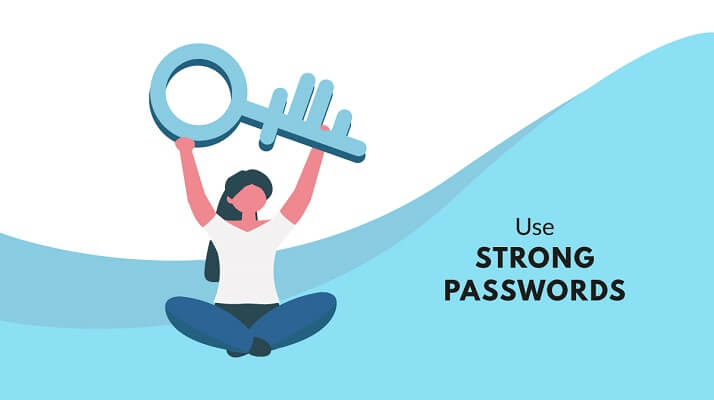
Use strong passwords (or even passphrases) for all of your online accounts. Ideally – generate one using a password generator provided by your trusted password manager.
3. Never re-use the same password
Every login that you have should have a unique password associated with it, so that even if one of your accounts gets compromised, your data remains secure. Make damage control easier for yourself.
4. Always enable two-factor authentication
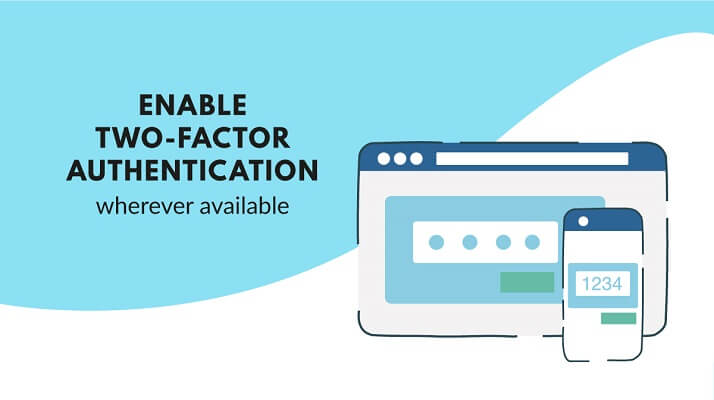
Always enable two-factor authentication wherever available. Two-factor authentication ensures that nobody can login to your online account without having access to your password and your secondary device.
5. Limit all app and website
Limit all app and website permissions to absolute minimum, disable all possible analytics and tracking. This means you have to go out of your way to check which apps and which websites have access to your data, files, devices and ensure that you leave the smallest possible online footprint. Maybe your calendar app doesn’t really need to access your camera after all?
6. Beware of phishing scams
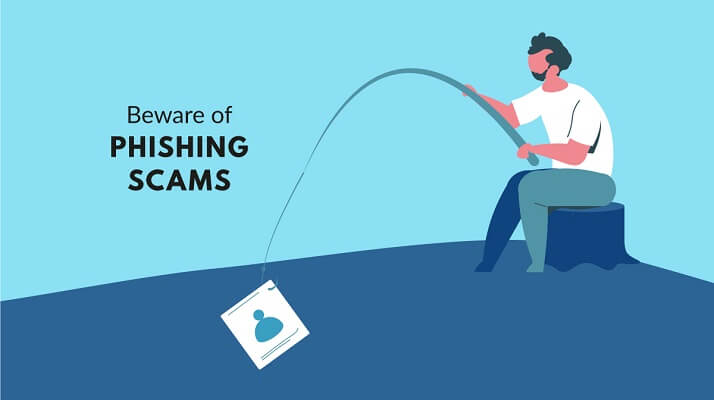
Beware of phishing scams and how to recognize them. Get familiar with the ways that malicious entities use social engineering and other tricks to scam people and always be vigilant. When you know how the trick works, it’s much easier to avoid falling victim to it.
7. Always verify domain names
Always verify domain names when you’re entering any personal data. One of the most common phishing strategies is to replicate the website that you trust and host it on a similar domain. For example, you click on a link you’ve got in your email and you’re directed to a website similar to your online bank’s, except the domain name is different by one letter (Floyd’s and Floydd’s bank). This is almost guaranteed to be a scam to try to steal your password. Once you start checking the domain name before entering any sensitive information to a website, you’re most likely to catch most of these simple tricks.
8. Never click on suspicious links
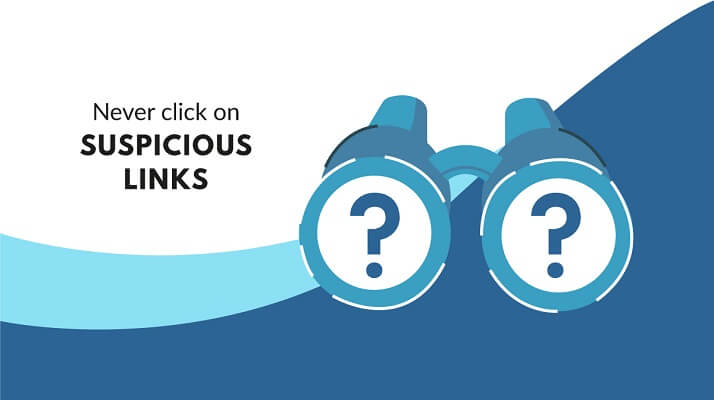
Never click on suspicious links, banners, pictures, pop-ups. This one is probably the most obvious, but one that should never be forgotten. If you get a pop-up on a site that you don’t trust, if you get an email with a link from someone you don’t know, if you get attacked by banners in some random site – never click anything that you don’t completely trust. Better to just abandon the site, email or source than get your device infected or personal information stolen.
9. Verify the identity of everyone
Verify the identity of everyone and anyone who is asking for your personal information. For example, if a bank is calling you and asking for your personal details, you can always drop the call and call them back. Better stay safe than sorry.
10. Quarterly security checkup
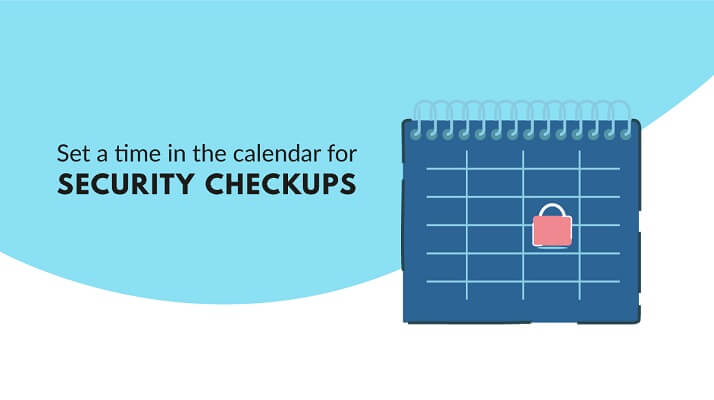
Set a time in the calendar and do a quarterly security checkup. Update your passwords, unsubscribe from spam, revoke or reduce app permissions, delete unused apps and browser extensions. This might take 15min of your time once in a while, but will save you hours (if not days) and thousands of dollars in the future by helping you avoid unnecessary risks.
11. Educate yourself
Make an effort of reading just a bit more about privacy, security and other relevant topics to ensure you know how to stay safe and how to avoid unnecessary risks. No tool can solve every problem, but with knowledge you can select the ones that are right for you.
Bonus tip. Lie when answering security questions. Scammers use various online tests to gather information that is often used in setting up security questions. Better create your own random answer than just give a direct answer that can then be “socially engineered” from you in some form.
Final thoughts on how to protect your personal information online
Improving the security and privacy of your data is not a finite process.
The difficult part is that in order to protect your data online, you have to get into a correct mindset. And most importantly, you have to keep this mindset as you spend more and more time online.
The good part is that as long as you make a conscious effort to follow the tips in this guide, it doesn’t cost much and doesn’t take a massive effort to protect the security and privacy of your information online.
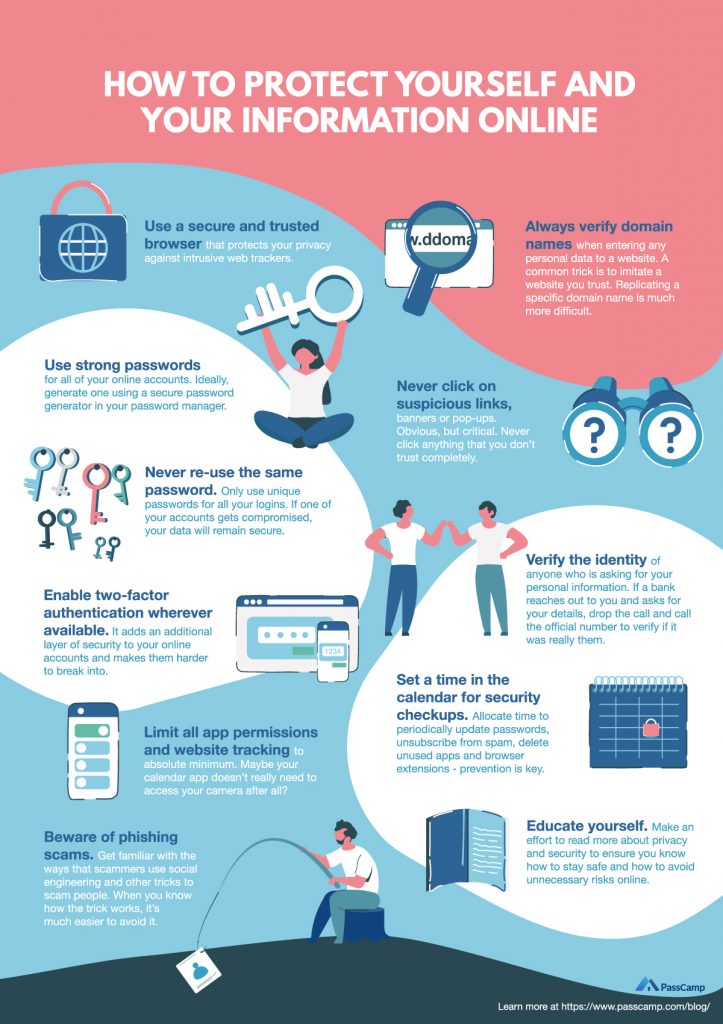
Share the knowledge
P.S. Would you like to get a print-out version of the illustrated guide to have a physical reminder on your wall? Or maybe you’d like to print it out and display it in your office?
Shoot an email to [email protected] and we will be happy to share a high quality copy with you.




